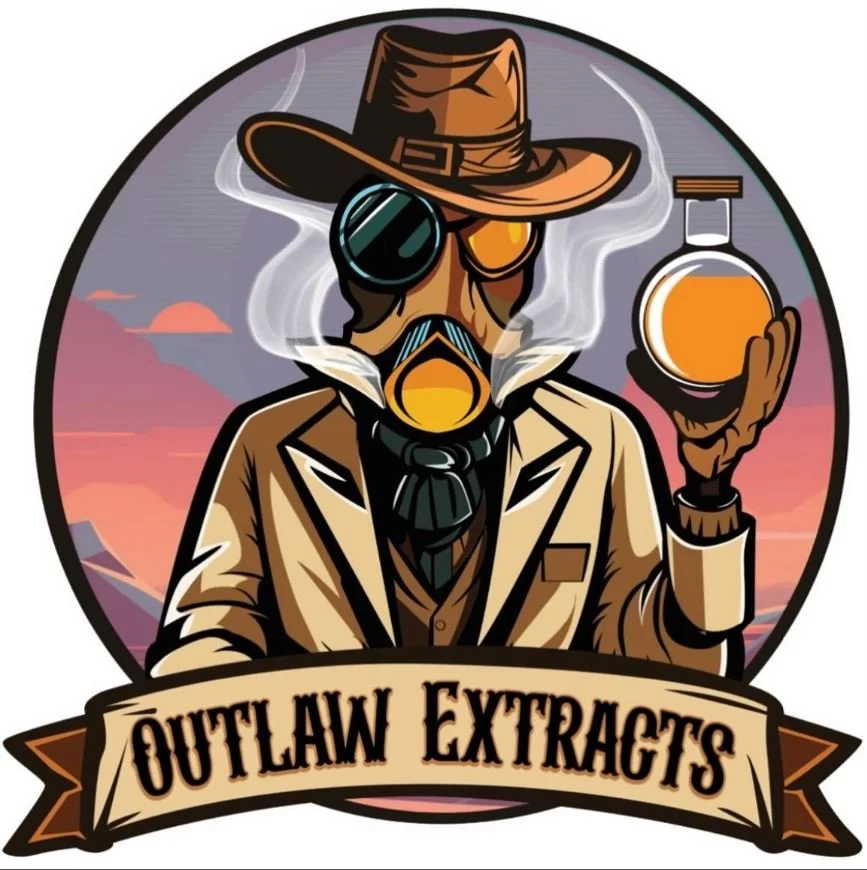Extraction Services for Cannabis Operators
Understanding Extraction Services: What They Are, How Splits Work, and Why Every Producer Should Know the Details
In this business, a lot of folks obsess over what’s on the shelf and forget everything that happens before the product even earns a label. Extraction is one of those behind-the-curtain worlds: loud machines, cold rooms, stainless steel, and people who treat pressure gauges like sacred instruments. It’s where raw material becomes something refined, something valuable.
If you’re running a farm, a brand, or anything in between, understanding extraction services isn’t optional. It’s the difference between predictable margins and sending your hard-earned biomass into a black hole.
What Extraction Services Actually Are
Extraction services take harvested plant material—fresh frozen or dried—and turn it into concentrates. Distillate, live resin, wax, batter, diamonds, isolate, rosin… every texture has its own method and its own quirks.
The service you’re buying is chemistry and labor. Extraction techs strip out the oils, clean them up, refine them, and prepare them for whatever the next step is—bulk oil, cartridges, jars, edibles, or branded products.
What Splits Mean (And Why They Exist)
A split is a simple arrangement: instead of paying a processing fee, you and the extractor divide the final oil. Fifty-fifty, sixty-forty, whatever terms you negotiate.
It works for a few reasons:
• Producers may not want to pay cash up front.
• Extractors offset labor and solvent costs by keeping a portion of the oil.
• Both sides share the risk and the reward.
But a split only works if both sides understand the quality of the biomass going in. Garbage in, garbage out. Wet, moldy, poorly stored material isn’t going to magically become premium concentrates.
How Material is Returned: The Part Everybody Skims Over but Shouldn’t
This is where mistakes get expensive. Producers often assume they’ll get back oil, but the form matters just as much as the extraction itself.
Here’s how returns can vary:
Bulk Oil
Delivered in large containers. Ideal for brands that want to fill their own hardware or send it to another manufacturer.
Grammed Out (Individual Units)
Oil is portioned into single-gram jars or containers.
Great for brands ready to go straight to packaging or retail.
Tubed
Finished oil loaded directly into vape cartridges or syringes.
Perfect for brands that want a turnkey product.
Boxed
Final packaged units placed into case packs—ready for a distributor or a retail vault.
Labeled / Unlabeled
• Labeled: Compliant, retail-ready, scannable.
• Unlabeled: For brands with their own packaging workflow.
• White-labeled: Produced by the lab, but decorated with your branding. Consumers never see the hands that made it.
Branded vs. Unbranded
• Branded: Comes with the extractor’s identity—useful for collabs or co-branded drops.
• Unbranded: Blank canvas for your own product line.
Case Packs
Finished units stacked in 25s, 50s, 100s, or whatever size the brand requires.
Case packs matter for distributors, warehouses, and anyone trying to keep inventory clean.
Every choice affects downstream work. The more finished your returned product is, the easier it is to sell—but the more licensed labor and materials are involved on the extraction side.
Why Producers Need to Understand All This
This isn’t busywork. Every detail matters because it touches compliance, cost, and how you move inventory; keep in mind some of these may be state specific.
You need a manufacturing license to repackage, relabel, or sublot.
You can’t just take bulk oil and “throw it in carts.” You can’t crack open someone else’s jars and repackage them. Anything that alters the product requires a licensed manufacturing facility.
You need a manufacturing license to turn hydrocarbon material into a finished good.
Hydrocarbon extraction creates an intermediate product. Converting it into cartridges, jars, edibles, or anything packaged requires a licensed space, equipment, and traceability.
Knowing return formats prevents mismatches between BioTrack, packaging counts, and retail expectations.
If a producer thinks they’re getting 1,000 grams of bulk oil but they receive 1,000 pre-packaged gram jars, their entire inventory flow changes. Case counts change. Labels change. Everything ripples.
White labeling requires planning.
Hardware, jars, labels, ingredients—if the extractor provides labor only, the producer has to supply the rest. If they don’t plan for that, the whole batch sits idle.
Why This Matters for Brands
You’re not just buying oil. You’re buying time, labor, compliance, and the ability to hit shelves with consistency.
If you don’t understand the extraction model, you will:
• Overpay.
• Undersell.
• Miscount inventory.
• Break compliance rules.
• Miss deadlines.
Knowing how extractions, splits, returns, and packaging formats work is what separates professionals from people guessing their way through the market.

